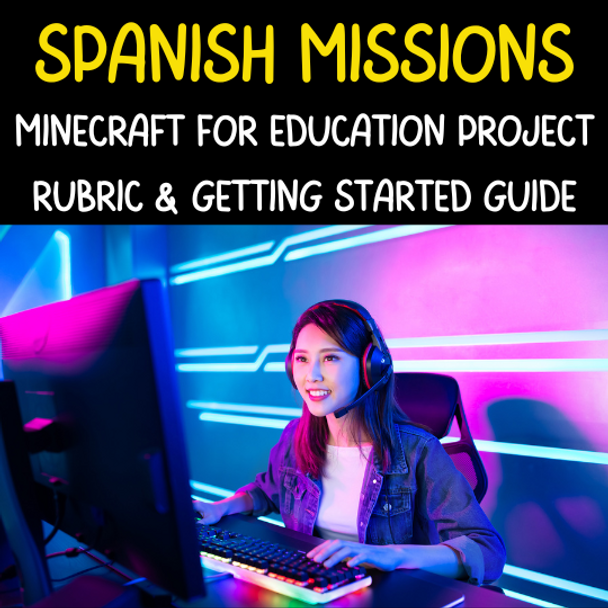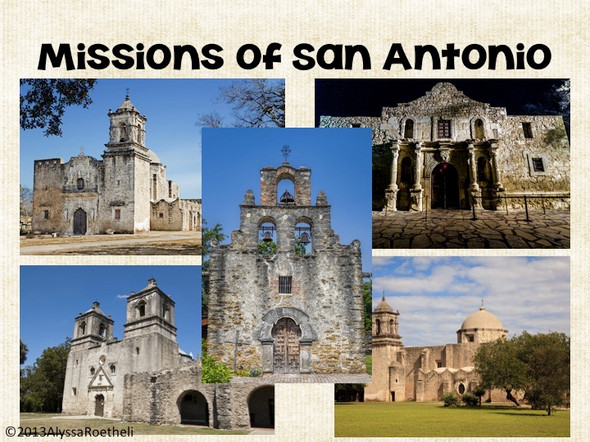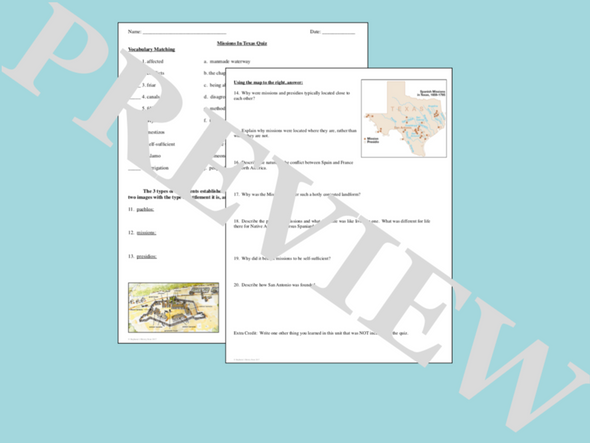Description
Get creative with this digital Spanish missions project for the era of Spanish colonization in America. This editable PowerPoint includes a review of Spanish missions and presidios (life in the missions, parts of the settlements, people who lived there, challenges of the missions, etc.), directions for building a Spanish mission-presidio settlement in Minecraft for Education, steps for students to share their mission with their teacher, a rubric, and examples of what students can do! Assign a project that students will LOVE and that will give them a deeper understanding of the parts and purposes of Spanish mission settlements.
*This product does not give you automatic access to Minecraft for Education. This product is a PowerPoint to get students started on the Spanish missions project in Minecraft and provides a rubric for the project.
*Rubric is editable so you can adjust your requirements as needed.
This PowerPoint covers the following TEKS:
- 7.1A identify the major eras in Texas history, describe their defining characteristics, and explain why historians divide the past into eras including...Spanish Colonial;
- 7.2C identify important events and issues related to European colonization of Texas, including the establishment of Catholic missions, towns, and ranches,
- 7.9C analyze the effects of physical and human factors such as climate, weather, landforms, irrigation, transportation, and communication on major events in Texas
- 7.10A identify ways in which Texans have adapted to and modified the environment
- 7.11A analyze why immigrant groups came to Texas and where they settled;
- 7.19C identify examples of Spanish influence and the influence of other cultures on Texas such as place names, vocabulary, religion, architecture, food, and the arts;
- 7.21B analyze information by sequencing, categorizing, identifying cause-and-effect relationships, comparing, contrasting, finding the main idea, summarizing, making generalizations and predictions, and drawing inferences and conclusions;
- 7.21C organize and interpret information from outlines, reports, databases, and visuals, including graphs, charts, timelines, and maps
- 7.21H Use mathematical skills to interpret social studies information
- 7.22A Use social studies terminology correctly
- 7.22D Create written, oral, and visual presentations of information
















